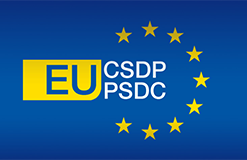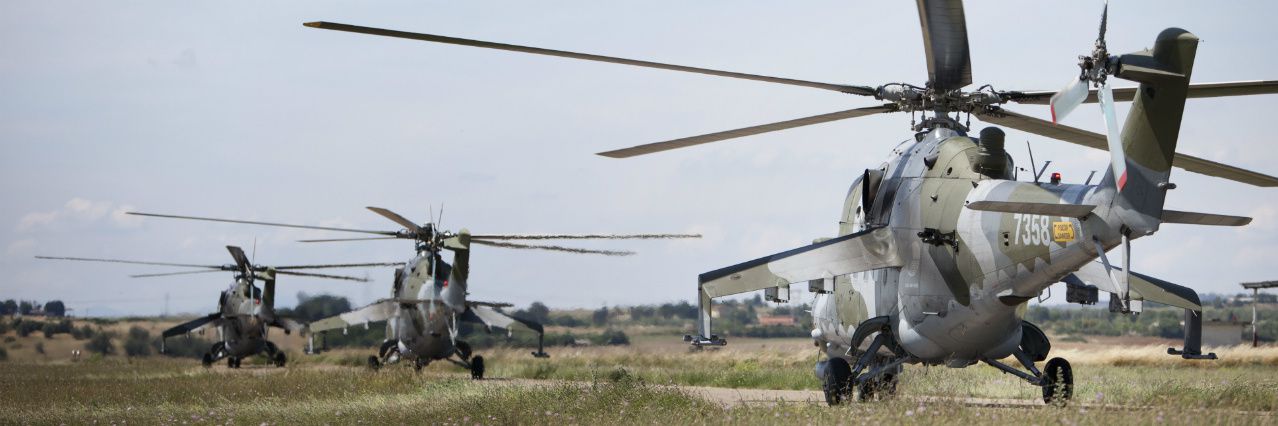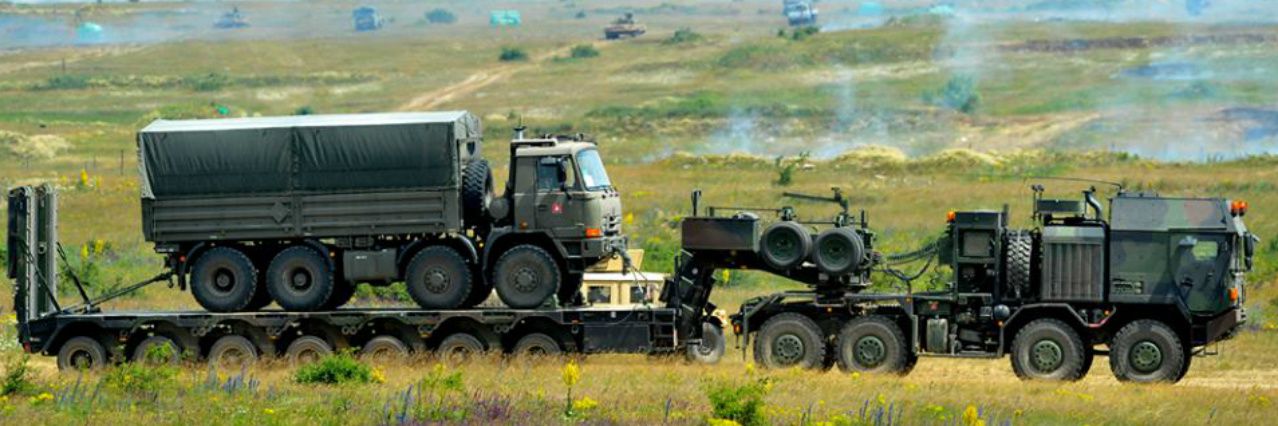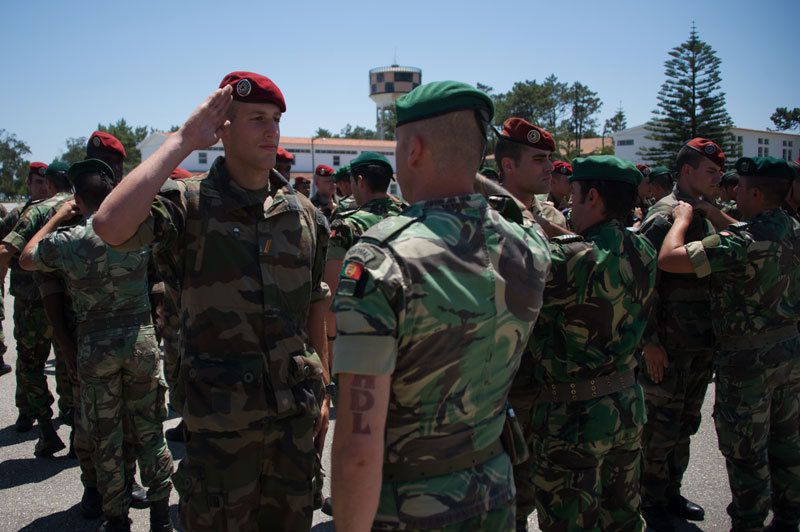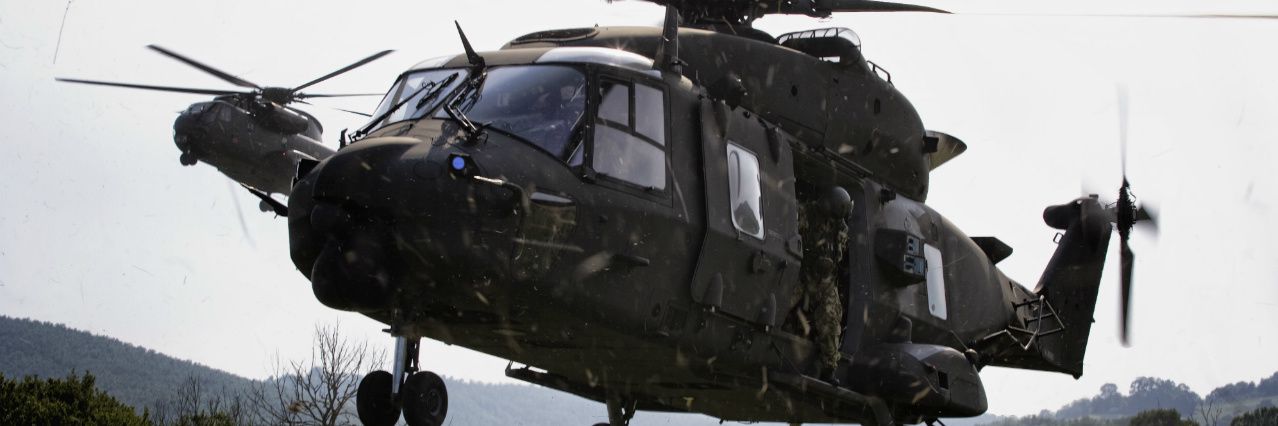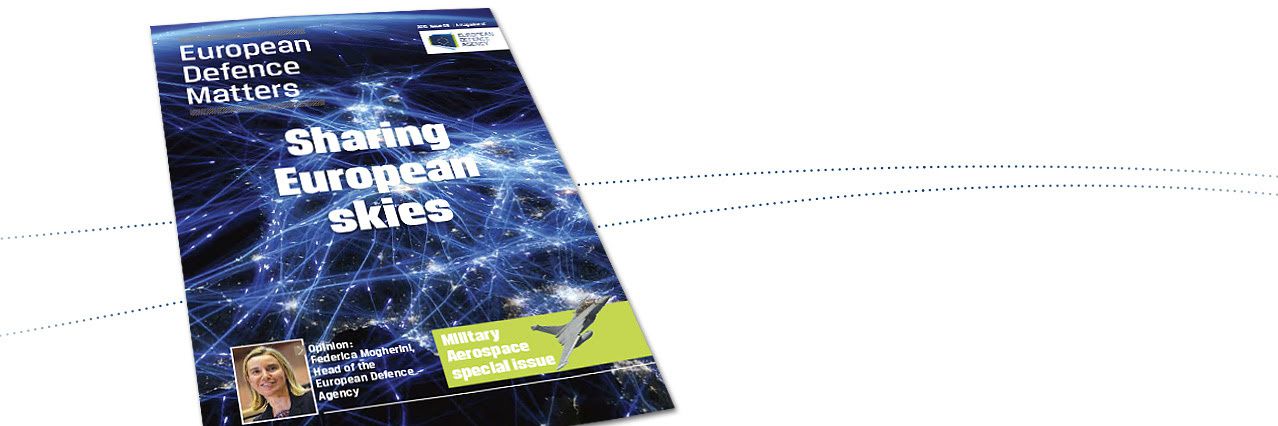19.06.2015 source SEDE
This study examines the state of 'Pooling and Sharing' (P&S) at EU and Member State (MS) level. Instead of the demanded change in mindset, we witness another episode in the traditional struggle to make classic defence cooperation work. The marginal results of P&S are not yet adequate to the size of problems. The cooperation initiative misses definitions of success, useful models of cooperation and a permanent monitoring of opportunities and capabilities. MS make progress at a snail’s pace: many projects kicked off in the first phase of P&S are still in their early stages and thus do not deliver capabilities. At the same time, Member States paralyse efforts of the EDA. NATO has not performed much better. This underlines that the core of the problem remains the sovereignty question within Member States. The developments have to be seen against the simultaneous evolution of the European defence landscape: budgets and capabilities have been cut further. Member States have lost time and money but most importantly, they have also lost many options to safeguard capabilities through pooling or sharing. The European Parliament should encourage first, a new politico-military flagship project around which defence can be organised, second, an efficiency perspective towards spending and procuring capabilities; third, the discussion on the future of sovereignty in defence; and fourth, a European Defence Review that offers a sober assessment of the current and future European defence landscape, including the opportunities for cooperation. This would enable a public debate on Europe with or without defence.
Executive Summary
The disastrous impact of the fiscal crisis on the EU Member States’ (MS) defence capabilities and the unwillingness of the US to continue paying for European defence has forced EU capitals to rethink the way they generate and maintain these capabilities. The recently expanding and intensifying arch of crisis around Europe adds many more tasks to the EUs Security and Defence policy. The impression that more defence money will be available in the future should be balanced against the continued strain on public and thus defence budgets. Time is running out. By now, Europe has already lost about 20% of its capabilities since 2008. At the same time, it still pays enormous sums for redundancies, national wish lists and wrongly organised multinational procurement. Therefore, the risk of further shrinking military, industrial and technological capabilities in defence remains.
Pooling and Sharing shall provide the solution: as there is no more money available, neither now nor in the future, boosting efficiency remains the only option to keep and possibly rebuild capabilities. The increased efficiency shall result from MS sharing systematically: they should provide a capability that is missing in other MS, like airlift, or conduct tasks other MS are not able to undertake, like air policing. To pool a capability would mean that contributions by several MS are coordinated to make them available on a more constant basis or in greater numbers compared to individual, uncoordinated contributions, as it is done through the European Air Transport Command (EATC).
Since 2010, the EU has made P&S its official approach to defence cooperation. However, turning P&S into the default mode of defence cooperation implies significant changes: MS would have to move from an ad-hoc and bottom-up approach to a more systematic and top-down one. In essence, what is demanded from national politicians and decision makers is nothing less than a shift in mind-set: the acceptance that sovereignty is no longer based on the autonomy to decide but on the capability to act.
Since the 2010 decision, many activities evolved, not only on the national but also on the European level, as the Council has tasked EDA and the HR/VP to support the work on P&S in its military and political dimensions. This raises the question to what extent change has taken place, meaning whether P&S is on track and has started delivering the results that MS have declared they want to achieve.
The emerging defence cooperation framework shows some distinct characteristics: in EU level strategic documents EU MS show a mix of realism, illusions and activism: while the assessment of the situation is realistic and improving, the MS systematically overstate their current or earlier contributions, thereby creating illusions on the magnitude of their engagement. However, they do not tackle the vicious cycle of rhetorical sovereignty and de facto dependency.
The activities within the multilateral political cooperation frameworks among MS neither point to a change of mind-set taking place, nor have they delivered significant improvement of capabilities so far. The old logic of cooperation is blocking most multilateral frameworks from going beyond renewing the rhetoric on cooperation. The multilateral cooperation often consists of several bilateral cooperation arrangements. While bilaterals perform better, they cannot suffice when huge efforts need to be made in terms of investment (UAVs) or capabilities (strategic airlift). With the exception of the Ghent- Initiative, none of the frameworks is explicitly linked to the EU.
At the beginning of 2015, 393 military projects exist, most of them in the area of training and education, least in transport. However, a winning formula for P&S can hardly be deduced from them because they all work along the classic logic of cooperation. Variables like regional proximity and pre-existing political cooperation seem to enable cooperation. Also, most likely cooperation areas are difficult to retrieve from the data, because what is potentially subject to P&S is still defined nationally.
Multilateral operations pose a rich but mostly neglected source for lessons learned and successful cooperation. Ad-hoc Pooling and Sharing comprise examples in critical areas like CSAR and quick reaction forces – key is a strong framework nation.
EDA’s role has been cut back from an innovator to a facilitator: While EDA has kicked off the P&S debate, MS have marginalised the agency, instead of using its full mandate. The 59 projects EDA is or has been involved in are too small to influence the general mind-set or the structural determinants of the defence sector. With a few exceptions such as Air-to-Air Refuelling (AAR) or Medical Support, these projects rather tackle technical and regulatory issues, instead of concrete Pooling and Sharing of capabilities and large-scale projects. While the four flagship projects EU MS have agreed upon during the 2013 Defence Council make some headway, EDA handles only elements of these. The Capability Development Plan (CDP), even after its reset in 2014, does not interest MS very much because the CDP is found not to focus on their capability needs or not to reflect the relevant level of ambition.
NATO’s defence cooperation framework 'Smart Defence' (SD) shows similarities to the EU-one, especially regarding the problems to motivate MS to engage in cooperation. Important differences are that SD explicitly aims at specialisation and thus addresses the sovereignty issue directly, though with similar success to the EU’s. NATO has the mandate to facilitate and manage, but not to fundamentally shape or lead capability development and procurement. The NDPP (NATO Defence Planning Process) is perceived by many as a mature and influential defence-planning tool. However, in reality the NDPP has adapted to the conditions defined at national levels, i.e. nationally defined requirements, defence plans and procedures. It does not really guide capability development. NATO has nonetheless learned to use the NATO Summits to push NDPP priorities forward.
P&S can have a significant impact on the industrial dimension of efficiency in three ways: Pooling of demand, pooling of research and development activities (R&D), and specialisation by sharing industrial infrastructure. However, neither has the Defence Council 2013 aimed to push industrial P&S beyond the two flagship projects AAR and UAV, nor have EDA activities led to serious success. The impact of missing P&S is very obvious: Companies further cut their European business branches by selling key technologies to non-European companies and shift their production focus towards new markets.
Conclusion: Instead of a mind-set change, we see another episode in the traditional struggle to make classic defence cooperation work. There is a significant gap between the cooperation rhetoric of governments’ joint declarations within the EU and what they deliver. The marginal results of P&S are not yet an adequate response to the size of problems. The cooperation framework misses definitions for success and a permanent monitoring of opportunities and capabilities. MS make progress at a snail’space. At the same time, they paralyse joint defence planning in EDA. While the mis-achievement of the EU is most probably triggered by the dire political-institutional context of the CSDP and CFSP, NATO has not performed much better. This underlines that the core of the problem remains the sovereignty question within MS. Other blocking factors are bureaucratic politics, policy makers who are only interested in short term output, and resources that are widely tied into existing projects for the next years. The developments have to be seen against the parallel evolution of the European defence landscape: budgets and capabilities have been cut further, MS have lost time and money but most importantly they have lost the option to safeguard capabilities through pooling or sharing; an option that will not return very soon.
Recommendations: As there is a growing need for a more effective and efficient defence in Europe, the EU should engage in the underlying problems, instead of only scratching their surface: The European Parliament can play a crucial role in this. It can encourage a new politico-military flagship project around which defence can be organised: fusing the EU-Battlegroups into the Framework Nation Concept. An efficiency perspective towards spending and procuring capabilities can arrive from using output measures. The discussion on the future of sovereignty in defence can be kicked off by asking whether European governments want to be autonomous or capable. A European Defence Review offers a sober assessment of the current and future European defence landscape, including the opportunities for cooperation. This would enable a public debate on the European defence that we can have, i.e. grounded in realities rather than pipedreams.
Download State of Play of the Implementation of EDA's Pooling and Sharing Initiatives and its Impact on the European Defence Industry
















